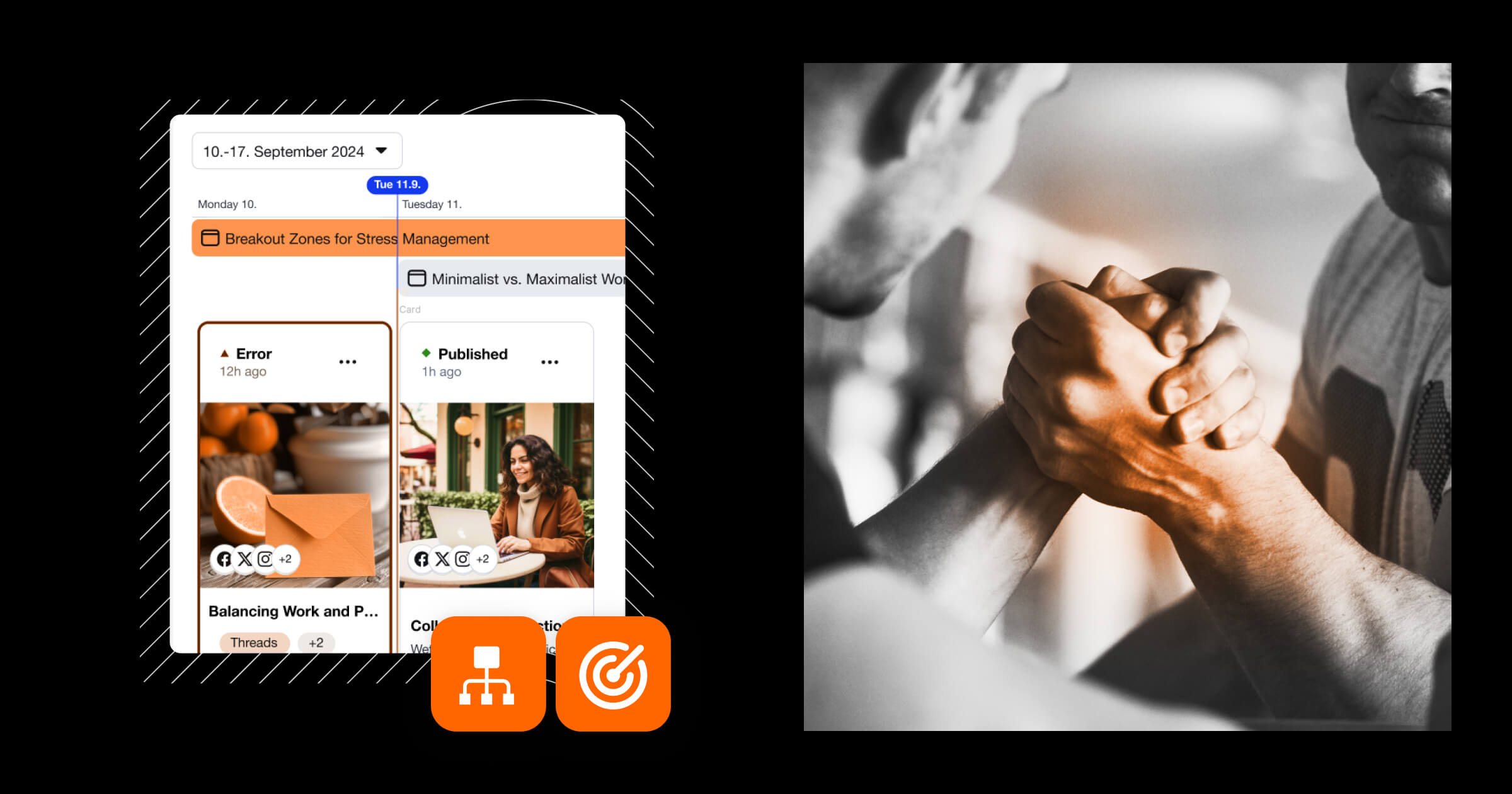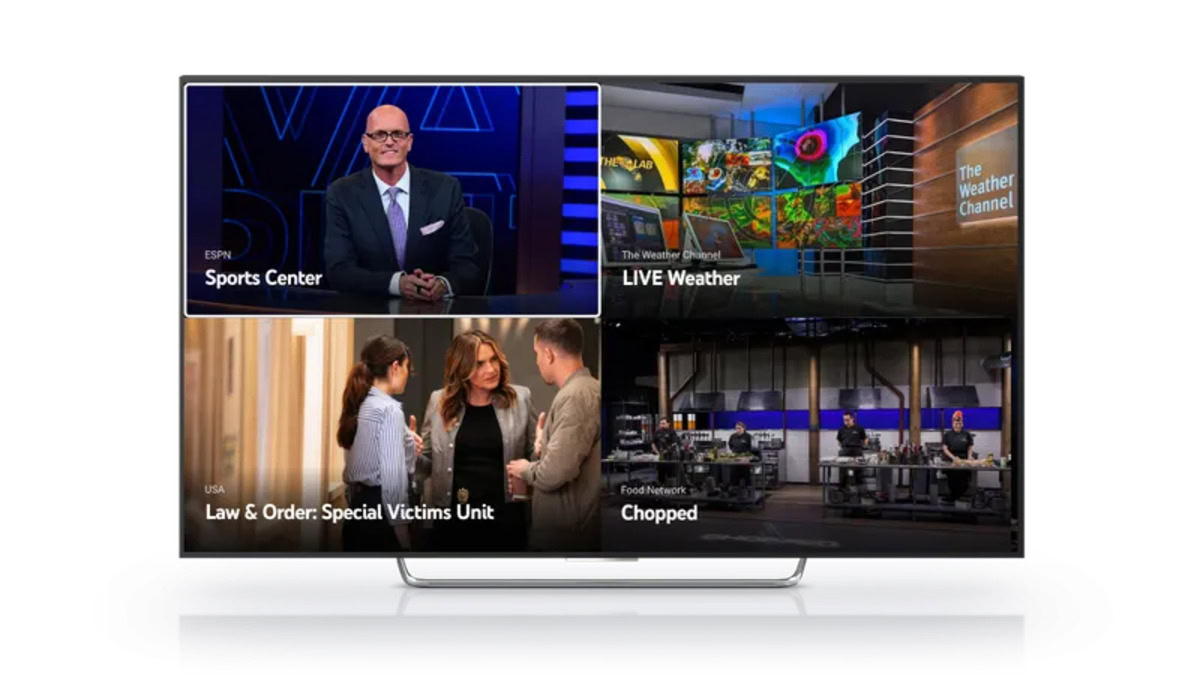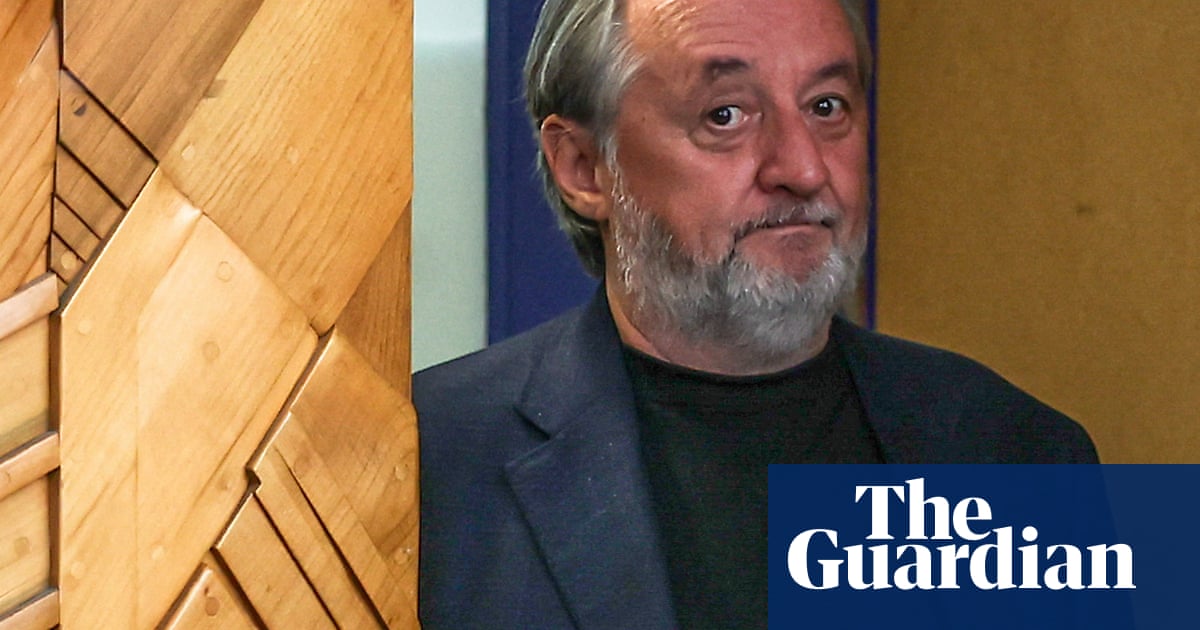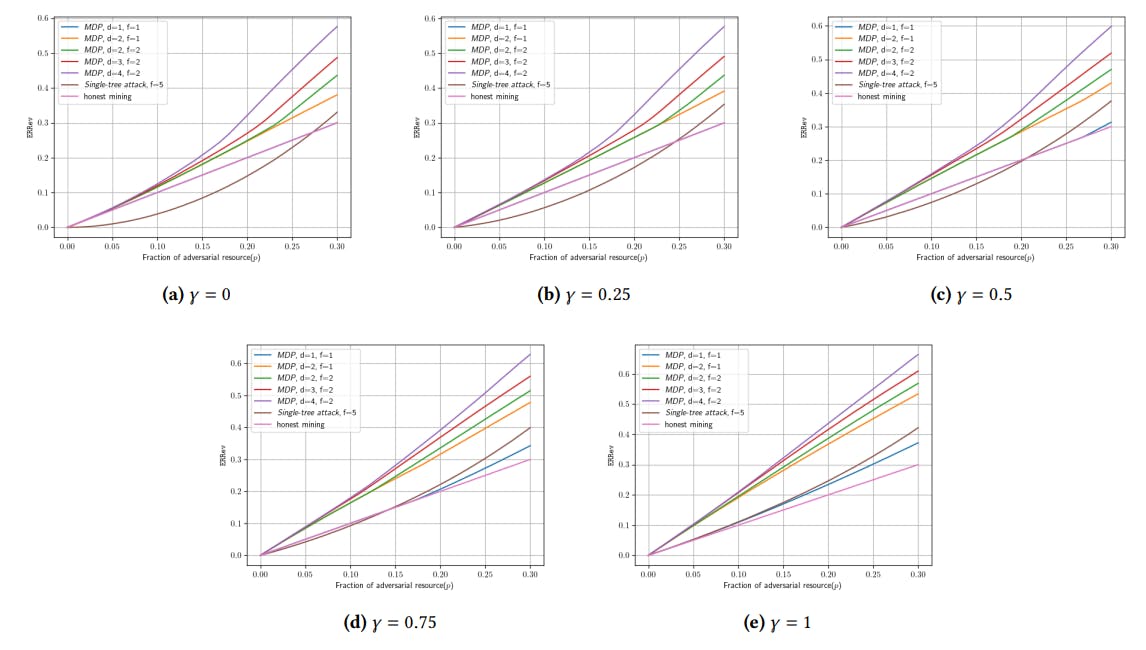One of the challenges of social media orchestration is certainly in selling it as a digestible concept distinct in its own merits. This is important for selling it to stakeholders, enabling an org-wide shift in communication strategy, and making sure that things run smoothly at scale.
Words matter, so I’m going to illustrate some of the differences. If you’d like a more in-depth explanation of what social media orchestration really is, you can check out our Social Media Management Manifesto. But first, a tl;dr:
tl;dr:
- SMM creates content for platforms; SMO aligns content across all platforms.
- SMM schedules posts; SMO ensures posts are part of cohesive campaigns.
- SMM engages audiences on individual channels; SMO unifies engagement across channels.
- SMM focuses on individual platforms; SMO connects platforms to a single strategy.
- SMM tracks platform-specific metrics; SMO translates metrics into business insights.
- SMM handles daily tasks; SMO links tasks to broader strategies.
- SMM ensures posts go live; SMO ensures posts reflect the brand everywhere.
- SMM drives interaction on platforms; SMO amplifies interaction for greater reach.
- SMM reacts to platform trends; SMO integrates trends into long-term goals.
- SMM manages platform logistics; SMO ensures platforms work together seamlessly.
The key differences between management and orchestration explained
Social media management (SMM) and social media orchestration (SMO) often overlap, but their purposes and approaches are distinct. SMM is about getting the job done—scheduling posts, responding to comments, and managing accounts. SMO, on the other hand, is about making sure every effort fits into a larger strategy that delivers measurable business outcomes.
To understand why this distinction matters, let’s break it down into practical, impactful differences.
Content Creation vs. Campaign Alignment
-
SMM creates content for platforms; SMO aligns content across all platforms.
Social media managers focus on creating content tailored to each platform’s unique style. That’s a vital starting point, but orchestration takes it further by ensuring every post contributes to a unified brand narrative. Your Instagram Story complements your LinkedIn thought leadership piece, which ties into your email campaign and website product updates. -
SMM schedules posts; SMO ensures posts are part of cohesive campaigns.
Scheduling makes sure that your posts go live at the right time, but orchestration takes it a step further and ensures they go live for the right reasons.In an orchestrated campaign, every piece of content serves a distinct role within a unified, company-wide business strategy. Instead of isolated posts, each channel contributes to a larger narrative that guides your audience through a seamless journey—from awareness to engagement to conversion and even beyond.
Why it matters: Orchestration ensures that content doesn’t just fill gaps. It builds momentum across all channels and makes sure that different business aims align synergistically.
Engagement: Individual Interactions vs. Unified Communication
-
SMM engages audiences on individual channels; SMO unifies engagement across channels.
Sometimes many, many channels. Responding to comments and DMs on each platform is essential, but without orchestration these efforts might feel disconnected. With SMO, your teams use centralized tools to manage interactions consistently, so all of your touchpoints reinforce your brand’s values. -
SMM drives interaction on platforms; SMO amplifies interaction for greater reach.
While SMM focuses on getting likes, shares, and comments, SMO ensures those interactions lead to tangible results. For instance, insights gathered from LinkedIn comments—questions, challenges, or interests—can be immediately integrated into content planning for other channels, like a targeted blog series or an email sequence tailored to specific audience needs. Instead of just capturing leads, orchestration ensures that each touchpoint informs and strengthens the next step in the journey.
Why it matters: Consistent, unified engagement builds trust and ensures every interaction adds tangible value to the customer journey!
Metrics: Data Collection vs. Strategic Insights
-
SMM tracks platform-specific metrics; SMO translates advanced metrics into business strategy.
Social media managers often track metrics like reach, engagement, and CTR. Orchestration focuses on what those metrics mean for your business. Orchestration connects higher-level metrics to tangible business outcomes, like tracking how an Instagram campaign contributes to lead generation or how X interactions improve customer satisfaction scores.Are those likes translating into leads? Are they driving sales? There is a shockingly common disconnect between social media management’s KPIs and what they actually mean for the organization’s business goals. SMO connects these dots between activity and outcomes.
-
SMM focuses on individual platforms; SMO connects platforms to a single strategy.
Each social media platform serves a different audience and purpose. Orchestration ensures these differences are strengths, not silos. A viral TikTok campaign might drive awareness, while LinkedIn posts nurture B2B leads—all contributing to the same overarching goal, even though each platform may have different types of audiences.
Why it matters: Metrics are only as good as the insights they provide. Orchestration ensures your data tells a meaningful story and that you can actually pass that story along to the stakeholders who most need to hear it.
The Bigger Picture
-
SMM handles daily tasks; SMO links tasks to broader strategies.
One of the key points, social media management ensures the trains run on time—posts go live, comments get answered, and metrics get tracked. Orchestration makes sure those trains are all headed in the same direction toward a clear and measurable destination. -
SMM reacts to platform trends; SMO integrates trends into long-term goals.
SMM might see a trend on Instagram and create a quick post to jump on it. SMO asks how that trend aligns with your strategy. Does it support your current campaign? Will it contribute to your goals?
Why it matters: Social media orchestration turns reactive efforts into proactive strategies.
Is social media orchestration just “bigger” social media management?
No, it’s not, but I get why it looks that way at first glance. It’s easy to think of social media orchestration as just “bigger social media management,” but the difference goes deeper than size.
At its simplest, social media management focuses on tasks. Orchestration, on the other hand, aligns these efforts with larger business goals, integrates teams across departments, and ensures all social activities work together strategically.
To continue with the musical metaphor, you can really think of it as a sort of communication symphony: Social media management means playing the instruments. These performers strive to hit their notes and ensure perfect tonality.
Social media orchestration is the whole orchestra and those conducting the performance, and it requires harmony between all players. Sometimes, instead of having a single conductor, there may be many, and it is also their goal to work together with one another. So we think that SMO is really much smarter, more cohesive, and essential for organizations seeking real impact.
If you’d like to learn about how we got to social media orchestration, we created a data-driven report that traces the history of social media as a business tool, and I’d love for you to take a look!
Why the Shift Matters
Organizations that rely solely on SMM often hit a ceiling. They can manage day-to-day tasks but struggle to show how social media impacts broader business goals. This struggle isn’t usually their fault. The disconnect between social media efforts and the remainder of an organization is a meme that has followed the role for as long as it has existed.
Make absolutely no mistake: social media is not an isolated task for your most junior marketer. It’s a primary public communications channel and must be viewed that way. There is no longer a more powerful means of communication for most of the world’s organizations and we don’t foresee this changing.
Once again, the benefits of orchestration include:
- Clarity: Everyone understands their role and how it connects to the larger plan.
- Consistency: Messaging aligns across platforms and teams.
- Impact: Social media becomes a measurable, strategic business asset.
When you’re ready to scale, it’s time to move beyond management and embrace orchestration.









